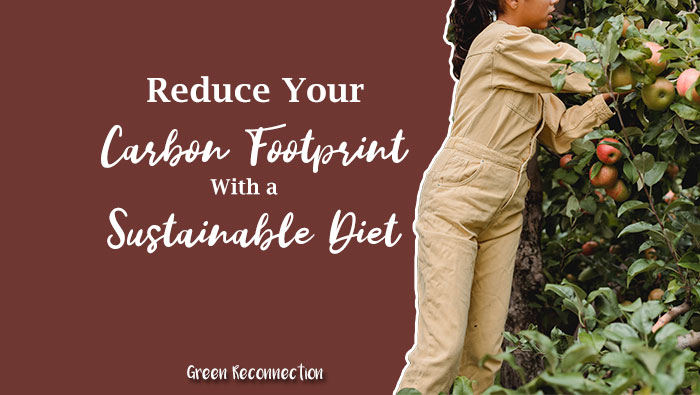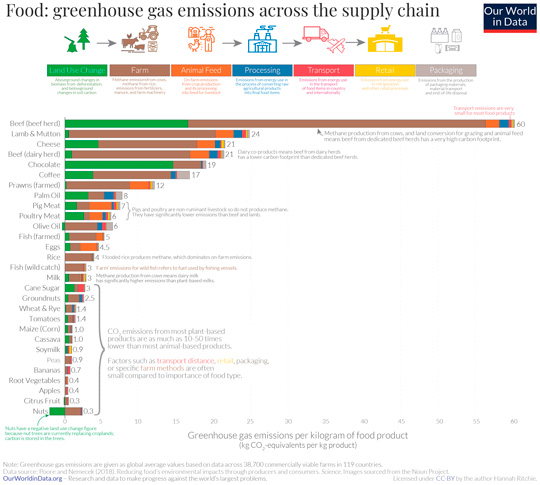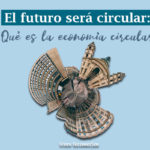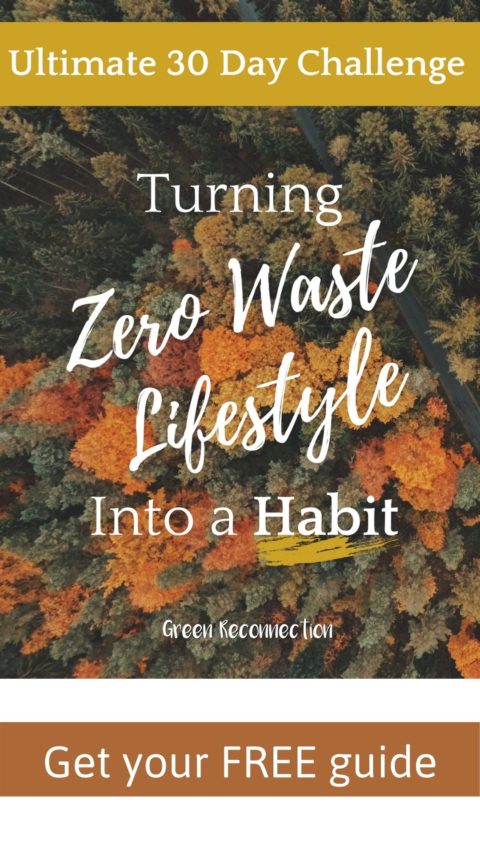When we think about a sustainable diet, we may imagine that all we have to do is eat fruit and vegetables or follow a vegan diet. However, a sustainable diet is not all about eating meat or not. A sustainable diet aims for food security for us and future generations, the protection and conservation of ecosystems and biodiversity, and access to healthier and nutritious options for everyone. Consequently, by following a sustainable diet you reduce your carbon footprint and help accelerate the transition into a secure future for everyone.

Table of Contents
The life-cycle assessment
As you can see, by following a sustainable diet we accomplish some of the economic, social, and environmental benefits that the United Nations establishes in each of its 17 Sustainable Development Goals for 2030. Nevertheless, choosing a sustainable diet is more complex than just purchasing organic, seasonal, or local food. In order to find out if a product is more sustainable than the others, it is important to analyze its life-cycle assessment.
The life-cycle assessment analyzes the production process, as well as the manufacturing, transformation, distribution, transportation, and consumption of a product. The analysis helps to find out the real environmental impact of a product. According to the organization Alianza Alimentaria, the analysis takes into account how much CO2 a product emits, the amount of water it consumes, what resources it requires for its production such as energy or mineral extraction, its health impact and its use and effects on the ecosystem. So how do you, as a consumer, influence the supply chain? Can you really reduce your carbon footprint and make a difference? Of course, and here is how you can help!
Here is a graphic that shows the environmental impact of some popular products around the world. As we can see, the majority of the greenhouse gas emissions happen during processes where we can’t really directly interfere with in the first place. That choice is not ours.
Nevertheless, we are the final link of the supply chain so our consumption decisions and product preferences can really inspire companies to look for better alternatives in their supply chain. This does not only work for food production, but also for any other products. I’ll discuss this further, but one great way you can support this is by signing petitions or simply joining the conversation.
Is a sustainable diet healthier?
Before we continue to mention specific ways to achieve this and accelerate the access to and normalization of sustainable diets, it is important to analyze the previous graphic. It is no surprise that animal products are the ones that emit more CO2. Nevertheless, eating less meat could not only be beneficial for the Earth but also for your health. A sustainable diet focuses on consuming products ethically grown and that are healthier than the traditional diet.
According to this study published by Proceedings of the National Academy of Sciences of the United States of America (PNAS), the food system is responsible for more than a quarter of the greenhouse gas emissions, and livestock is responsible for 80% of it. The problem is not only greenhouse gas emissions but also other impacts such as the huge amount of water needed and how the antibiotics fed to livestock can’t be treated and stay in the water.
Moreover, the study shows that if vegan diets were implemented, more than 8 million lives would be saved annually, meaning that there would be less people that suffer from coronary heart disease, strokes, cancer, and type 2 diabetes.
Is a sustainable diet a privilege?
When we see poor communities where it is easier to get access to soda than water, or where chips are cheaper than fruit, we can definitely agree that eating healthy is a luxury. According to Our World in Data Organization, the richer a country is, the more diverse and nutritious food it has on its daily diet. That is why one of the main goals of sustainable diets is to make them accessible for everyone in every country. So even if sustainable diets are a privilege today, they are not a privilege by definition.
For some, milking a cow is the only way they can afford a living, or eating eggs is the only way they can survive. The real challenge of making sustainable diets a norm is to balance the Earth’s limited resources and planetary boundaries with our limited capacity and opportunity of change. This needs the effort of governments, companies and people who can make a difference in their profession.
If you are one of the few people in the world who have this choice, it is important that you help accelerate this. Moreover, the people who have access to sustainable diets right now, normally are the people whose carbon footprint is bigger than those who don’t because they tend to consume more meat than what we really need.
Nevertheless, it is important to highlight that meatless sustainable diets are not an option for everyone. Some people, because of health conditions and genetics, can’t afford to stop eating meat. If you are interested in going meatless, you should always seek medical support.
Are sustainable diets a trend?
Have you ever thought of being tired of eating the same things over and over again? Maybe you never know what to eat for dinner or what to cook. But once someone suggests a vegan meal, you are like no thank you, I think I’ll pass. Truth is that there are some terrible vegan dishes…as well as unpleasant regular dishes.
The problem is not how vegan meals taste, it is how we think vegan meals taste. It is very common to reject anything we don’t know and that has been neglected by popular belief. These social labels such as “vegan” or “vegetarian” only prevent us from really taking advantage of what we have in front of us: the possibility of creating new combinations that are healthier for you and for the Earth.
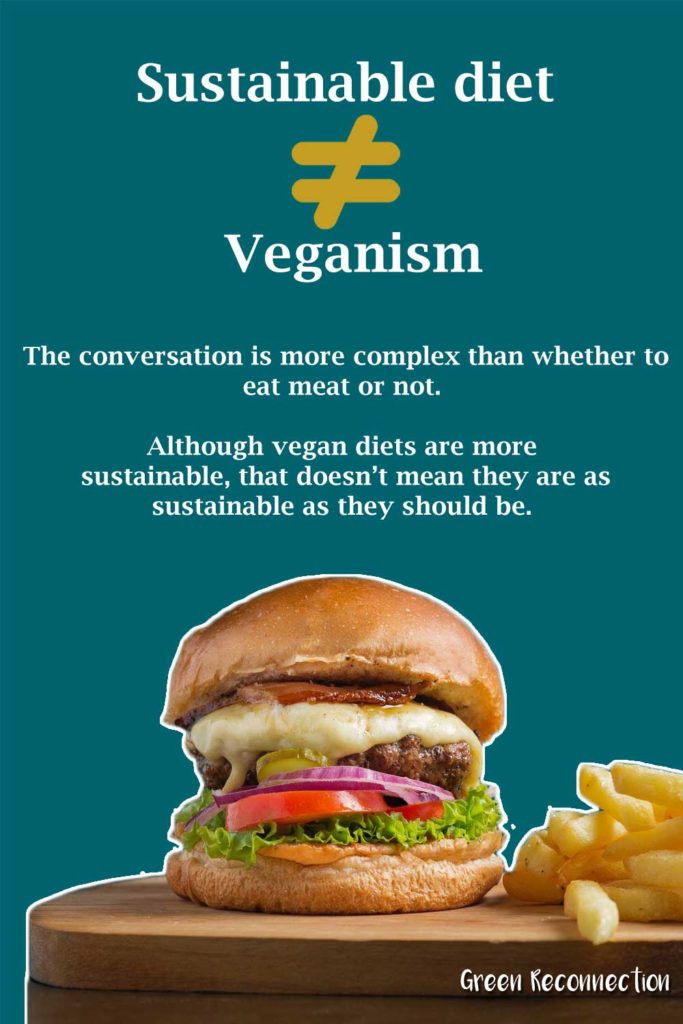
These social prejudices have “affected” one of the most serious problems of the next decades. We can’t continue to exploit our land, allow deforestation, use harmful pesticides, and feed hormones to cows the way we are doing today if we don’t want to face serious social and environmental consequences.
Deforestation is another major problem because we are constantly making room to grow crops to feed cows or have more cattle. Furthermore, 83% of cultivable land is used for livestock necessities. There needs to be an improvement in the land’s productivity instead of continuing expansion.
On the other hand, if we achieve gender equality in farming, it could save 150 million people from going hungry. Sadly, farms run by women produce 20-30% less than farms run by men. Having gender equality is the answer to this because women tend to have fewer opportunities, no financial support, fewer negotiation options, and poor access to land ownership because some countries don’t allow women to own land.
This is not a trend, it’s a cry for help because these changes are moving slower than they should. Some of the most prestigious universities, scientists and the United Nations have stated the urgency of establishing sustainable diets. If we changed our diets, we would reduce 37% of greenhouse emissions that correspond to the food industry.
Following a sustainable diet is a key element that can end many social, environmental and justice problems. That is why it is crucial to achieve this element from the Sustainable Development Goals. Another approach is that we could aim for regenerative agriculture and farming by increasing productivity and reducing the environmental impacts of land.
How to identify a fake sustainable diet
The best way to identify if food is really sustainable for you is to always think locally first. This means that what may work for someone in another country, may not be the best option for you. One of the best examples is quinoa. Everyone is talking about the benefits of quinoa and the great protein source it is. However, this may not be the most sustainable option for you. It turns out that quinoa is originally grown in South America, so depending on where you live, the carbon footprint of the transportation can be huge (and avoided) compared to eating something grown locally that has the same amount of protein as quinoa. If you live in Mexico, eating amaranto is better and cheaper than quinoa, and it is grown locally.
Nevertheless, something advertised as locally grown may not be the best option. If it was grown out of season or they used cooling systems, then it’s not helping you reduce your carbon footprint. Yes, it is very complicated to truly know what the best products to consume are. Although a sustainable diet is not a trend, some of the popular products advertised as green are a trend. That is why it is important to always check reliable sources before categorizing a new product as the new magical eco-friendly option.
How we can reduce our food waste
According to Our World in Data Organization, one-quarter of food production emissions come from food waste. This happens during the production, commercialization, and consumption. That is really a lot of wasted food which can be put to better use.
If you want to help reduce your carbon footprint, you can join the UGLY movement. It consists in choosing the food that doesn’t really look very appealing. Normally, stores throw-away food that is “ugly” because no one will buy it. Sometimes they even choose to throw it away before even putting it on shelves. However, if you have the chance to pick ugly fruit or even choose food that is about to expire you are reducing food waste and making a difference.
As we can see in graphic A, packaging is only responsible for approximately 2% of CO2 emissions of a product compared to all the resources and processes it goes through. Nevertheless, let’s not forget how our oceans are full of plastics and even worse, microplastics. Disposing correctly of any packaging is something we can cooperate with. We can no longer believe that the garbage truck is going to separate our waste and recycle it because this only happens with a low percentage of our waste. We really need to take action and not only recycle our waste but try to repurpose, reuse or even avoid it altogether.
Another great way of reducing your carbon footprint is by being responsible for your organic waste and starting a compost or joining a compost pickup service. You can learn more about it here.
More ways to help: Join the conversation
There is always something we can do in our personal or professional lives. We just need to believe that we are co-designers of our future. Each one of us are co-creators of the world we want to live in, so you can definitely participate and reduce your carbon footprint.
Firstly, you just took the first step by reading the article and being aware of the problem. Whether you already knew some information or whether it was a completely new topic for you, just by being here it means you are interested and care for change. So, congratulations on this!
Secondly, another way of supporting the implementation of sustainable diets is by joining the conversation. We need more people to suggest new ideas and alternatives to the most complicated problems we are facing today. There are still many gaps to fill on how the world can grant access to sustainable diets for everyone. That is why I suggest looking for online groups where you can discuss your ideas. If you are interested in this, you can subscribe to our newsletter and be a part of our supportive community. Moreover, posting a question on your social media or sharing other people’s posts that really inspire you, can inspire someone else to do the same.
Thirdly, you can always sign petitions started by the NGOs that you love and trust the most. They need your help to show legislators that we care so they cam work together to create a better society.
Finally, don’t be afraid of sending your suggestions to brands. There are many companies out there that really care about their customers and their values. They are always seeking ways to improve and some may be glad that you approach them. Try to be empathetic and don’t point out all the bad things they are doing but rather share your ideas or suggestions and try to inspire them on why they should really change and how it can be beneficial for them as well.
Here is the screenshot of a response I got from a brand that I reached out to. I asked for their social responsibility department’s contact information or the contact to whomever was in charge of it. Sadly, they didn’t share it, however, they answered my message. Will it make a change? Maybe. The only thing that I am sure of is that if many customers sent the same message, it would definitely catch their attention and make a huge difference.
Don’t forget to leave a comment if you have a question or if you want to share other ways we can all help accelerate access to sustainable diets around the world.
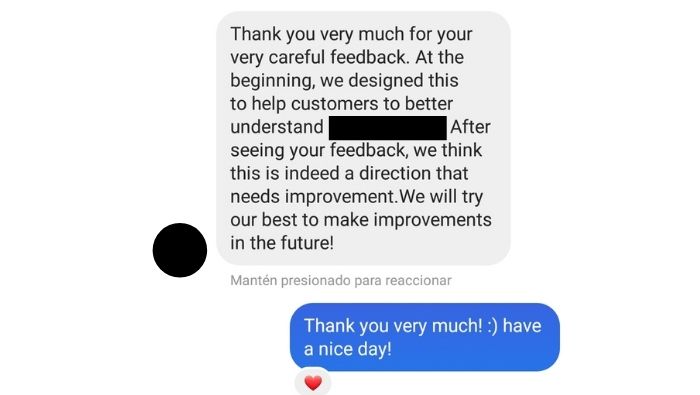
Updated article with new verified data.

